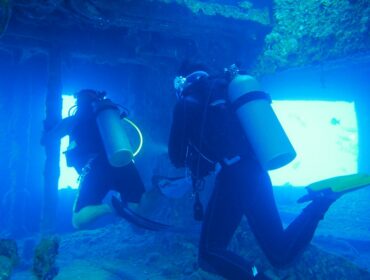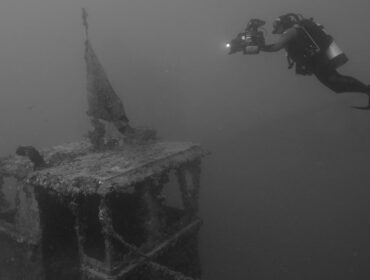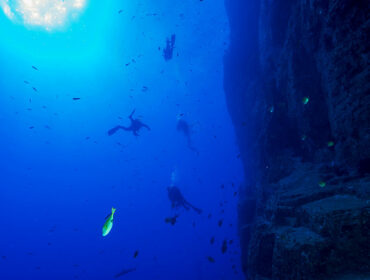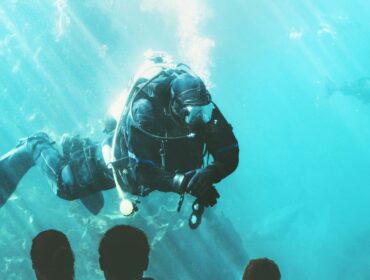You may not know — but you should — that the Garden State is home to thousands of exciting wreck dives. In addition, New Jersey and New York play host to some of the most successful artificial reef programs in the nation. With between 4000 and 7000 shipwrecks, beach dives, and artificial reef dives, New Jersey is one of SCUBA diving’s best kept secrets. Here are a few dive sites that shouldn’t be missed should you find yourself adventuring to the east coast.
The Pinta
One of three sister ships named after Columbus’ famous fleet, this Dutch freighter sank off the coast of New Jersey in 1963. The ship is still in one piece and a makes a phenomenal training site for beginning wreck divers. The length of the ship can be traversed multiple times on one tank and is now home to an overgrowth of marine life.
Allenhurst Jetty
Although Allenhurst Jetty is not a wreck dive, it is still one of the most popular dive sites in the state. This L shaped jetty was built in the early 1900s to protect swimmers from shark attacks. The easiest entry is to hike down to the tip of the jetty and swim out into the deeper water. The area toward the tip of the jetty is a large rock field, where blackfish, lobsters and mussels have made a home. Be cautious, however, as this area is prone to strong current and sea swells.
Shark River
Despite its menacing name, Shark River is one of the best shore dive sites in New Jersey, and shark sitings are few and far between. On a clear day with good visibility, the variety of marine life may make a diver think that they have been transported to the Caribbean. Its mussel beds, starfish, blackfish, and lobsters make for an enjoyable and interesting dive.
R.P. Resor
This tanker was sunk in February in 1942 and resulted in a tremendous loss of life. Today, the R.P. Resor is one of the most dramatic wreck dives in the state. The stern, which remains largely intact, is almost 130 feet below the surface. Its metalwork is now home to an array of sea creatures.
City of Athens
This ocean liner was sunk in 1918 after a collision with the French Navy ship La Gloire. Now, beneath 110 feet of water, the broken ship is preserved in excellent condition, mostly due to the frigid water temperatures it resides in. Despite its age, the City of Athens is still rich with artifacts, including ammunition and fine china. This twisted wreck, alternately known as “Ammo Wreck,” is also perfect for sighting lobsters and other crustaceans.





